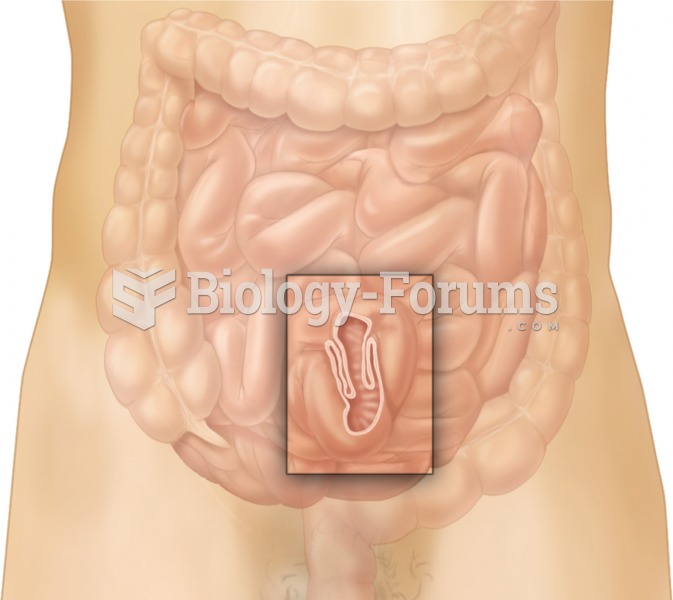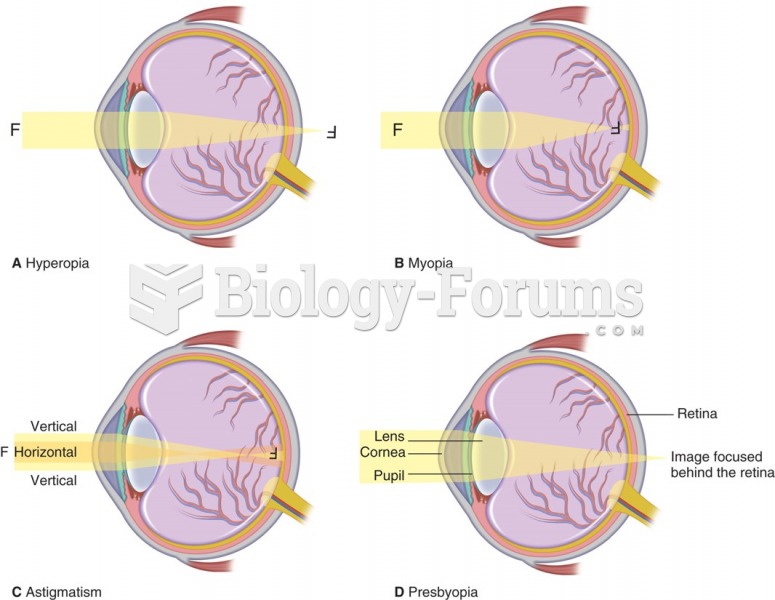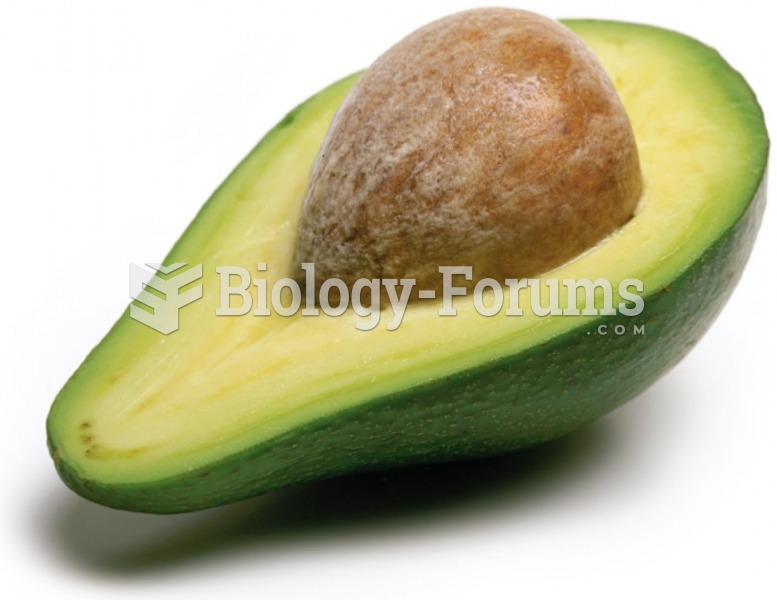Answer to Question 1
Brett's inability to absorb fat also results in malabsorption of fat-soluble vitamins, compromising his vitamin A status. There are two reasons why this increases Brett's susceptibility to infections. First, he needs adequate vitamin A to help his body maintain protective barriers, such as the skin and lining of the intestinal and respiratory tracts, most of which are epithelial tissue. When vitamin A is not available, these important tissues break down, allowing bacteria and viruses to enter the body and cause infection.
Second, he needs vitamin A to produce functional lymphocytes as well as antibodies. Without lymphocytes and antibodies, he cannot mount an effective immune response when exposed to pathogens and is thus prone to infections.
Answer to Question 2
When light enters your eye, the light immediately encounters the inner back lining, called the retina. The retina consists of a layer of nerve tissue as well as millions of cells called cones and rods. The cones help you see color, whereas the rods are needed to see black and whitebeing particularly important for night vision. Both cones and rods require vitamin A to work effectively, although scientists have a better understanding of its role in the rod cells. To function, the rods must contain thousands of molecules of a substance called rhodopsin. Specifically, rhodopsin is made of cis-retinal (a form of vitamin A) bonded to the protein opsin. When light strikes the rhodopsin in your eye, the cis-retinal is converted to trans-retinal and separates from the opsin. This metabolic conversion, in turn, causes a neural signal to be sent to your brain. In this way, the light is seen by your brain, which can then form an image that you recognize. In addition to its role as a component of rhodopsin, vitamin A is important for maintaining the health of the outermost tissue layer of the eye, called the cornea. Thus, vitamin A plays a critical role in allowing you to process light into sight.
In low-light situations, trans-retinal must be reconverted to cis-retinal and then recombined with opsin to re-form rhodopsin each time light reaches the back of your eye. However, trans-retinal does not recycle to cis-retinal with 100 efficiency. Instead, some trans-retinal is metabolized to retinoic acid, which cannot be used to form rhodopsin. Extra retinal must therefore always be available for vision to remain optimal. If there is not enough retinal to re-form rhodopsin, night vision becomes especially difficulta condition called night blindness.







